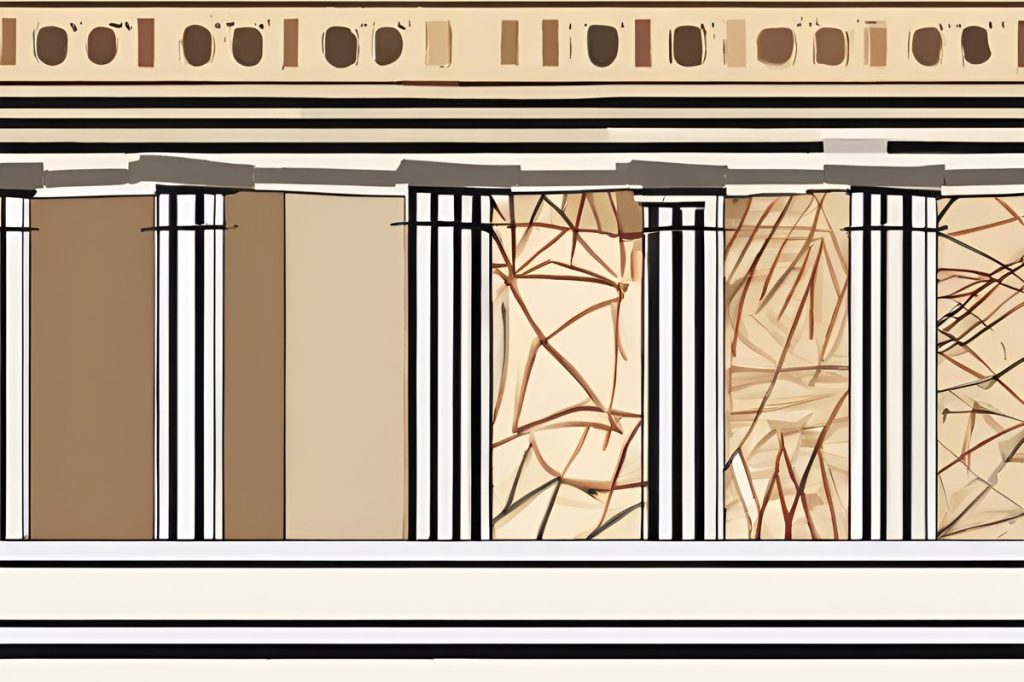The completion of the reconstruction of the Nicosia wall section, specifically the Quirini bastion, is a significant milestone in preserving Cyprus’s historical heritage. This restoration effort showcases the commitment to heritage conservation and successful cooperation between different communities, symbolizing centuries of history within the cultural landscape of Nicosia.
What is the significance of the reconstruction of the Nicosia wall section?
The reconstruction of the Nicosia wall section is crucial for preserving Cyprus’s historical heritage. The restored Quirini bastion, also known as Cephane, symbolizes centuries of history and is vital for the cultural landscape. It reflects the commitment to heritage conservation and showcases successful cooperation between different communities.
Historical Heritage Preservation
The Bicommunal technical committee on cultural heritage has proudly announced the completion of the reconstruction work on a section of the old city walls of Nicosia. This effort comes after an unfortunate collapse that occurred in 2022. The historical significance of this site cannot be overstated, as it encapsulates centuries of Nicosia’s past and is a prominent feature of the city’s cultural landscape.
The site in question, the Quirini bastion, also known as Cephane in Turkish, bears not just historical but also contemporary importance. It provides the foundation for the official residence of the Turkish Cypriot Leader Ersin Tatar. The dedication to restoring such a structure is a testament to the shared commitment to heritage and the cooperation between communities.
Restoration and Strengthening Efforts
Ali Tuncay, the Turkish Cypriot co-chairman of the committee, elaborated on the extensive efforts that went into the restoration. The sections that had succumbed to time and elements were meticulously rebuilt. Additional support was provided through “filling, repair, and compaction works” aimed at reinforcing the integrity of the walls.
A crucial aspect of the reconstruction involved the implementation of modern drainage systems. This measure is intended to manage water flow more effectively, thus safeguarding the bastion against future weather-related damage. Additionally, a fence has been erected around the perimeter, offering an extra layer of protection and delineating the historical site from its urban surroundings.
Wider Cultural Heritage Initiatives
The committee also used this opportunity to update the public on other ongoing heritage projects. There is a flurry of activity aimed at preserving various historical sites, including the Arif Bey aqueduct in Afania and the Hamidiye mosque in Lefkara, both nearing the final stages of restoration. Initiatives have also commenced to restore the Alektora mosque and the Terra mosque.
Furthermore, conservation work at the Ayios Sergios church near Neta has been brought to completion. Each of these projects is an endeavor to maintain the rich tapestry of cultural and religious history that Cyprus has to offer. It is a clear signal that despite the passage of time, there is a robust effort to keep history alive and accessible to future generations.
Continuing Cultural Dialogues
While the restoration of the Quirini bastion marks a significant accomplishment, it also serves as a reminder of the potential for cooperative ventures that transcend political divisions. The ongoing cultural heritage projects are a bridge between communities, fostering a shared sense of identity and preserving a legacy that belongs to all Cypriots.
Through such collaboration, the fabric of the island’s diverse history is not only being conserved but is also woven into the narrative of contemporary Cypriot life. It reinforces the message that cultural heritage is a universal value, one that unites people in their appreciation and respect for the past.
What is the significance of the reconstruction of the Nicosia wall section?
The reconstruction of the Nicosia wall section is crucial for preserving Cyprus’s historical heritage. The restored Quirini bastion, also known as Cephane, symbolizes centuries of history and is vital for the cultural landscape. It reflects the commitment to heritage conservation and showcases successful cooperation between different communities.
What efforts were undertaken during the restoration of the Nicosia wall section?
During the restoration of the Nicosia wall section, extensive efforts were made to rebuild the collapsed sections, reinforce the integrity of the walls through filling, repair, and compaction works, implement modern drainage systems to manage water flow effectively, and erect a protective fence around the perimeter of the bastion.
Are there other ongoing heritage preservation projects in Cyprus?
Yes, apart from the Nicosia wall section restoration, there are several other ongoing heritage preservation projects in Cyprus. These include the restoration of the Arif Bey aqueduct in Afania, the Hamidiye mosque in Lefkara, the Alektora mosque, the Terra mosque, and the completion of conservation work at the Ayios Sergios church near Neta. These projects aim to maintain the rich cultural and religious history of Cyprus.
What is the significance of cultural heritage preservation efforts in Cyprus beyond historical value?
Cultural heritage preservation efforts in Cyprus go beyond historical value by serving as a bridge between communities, fostering a shared sense of identity, and preserving a legacy that belongs to all Cypriots. These initiatives promote cultural dialogues, cooperative ventures, and appreciation for the past, ultimately uniting people in their respect for the island’s diverse history.

